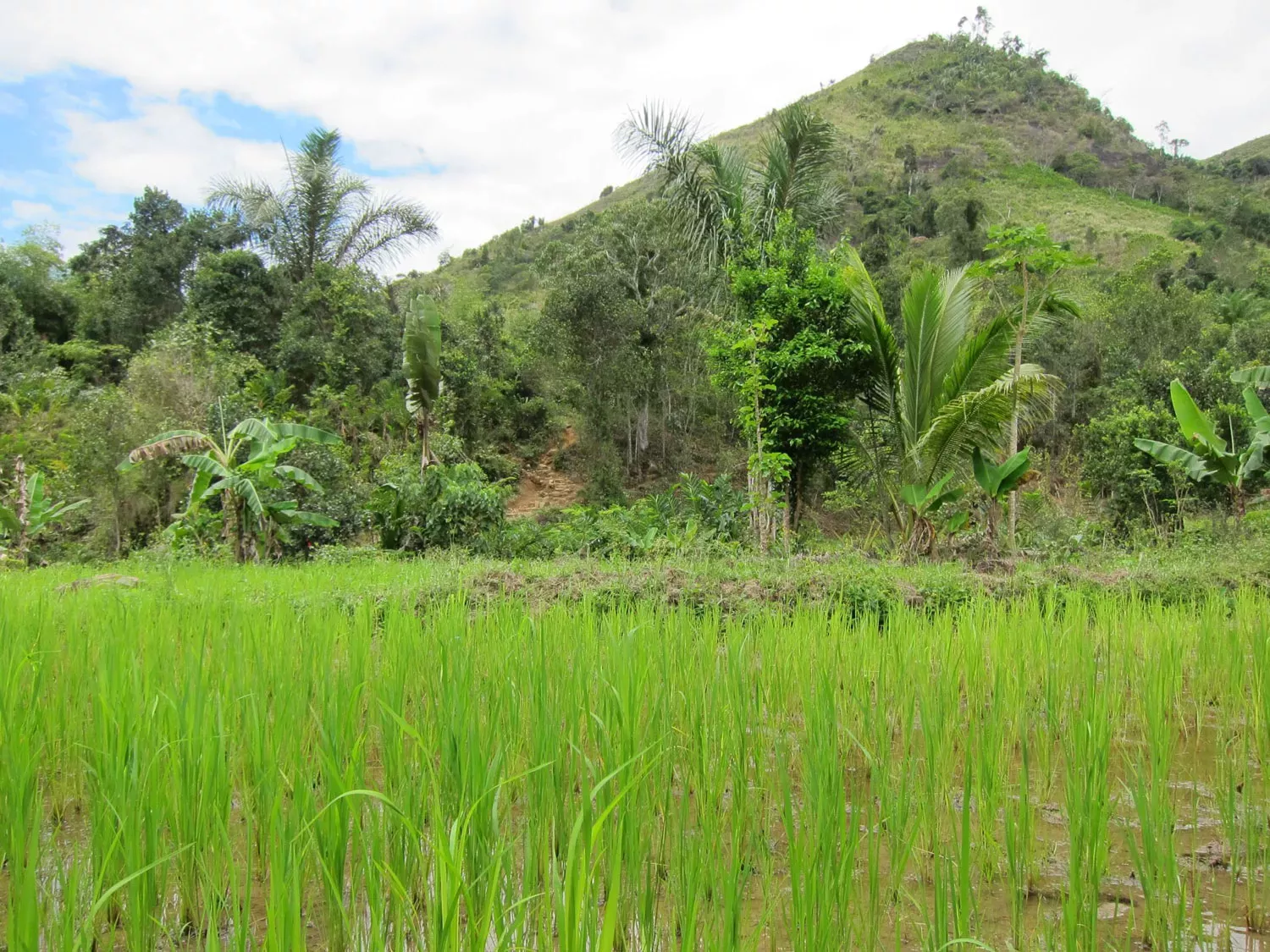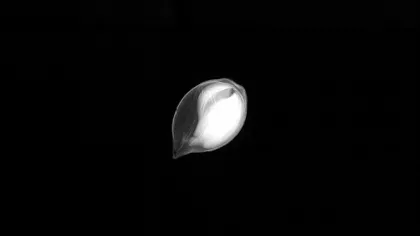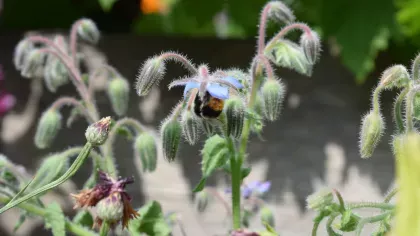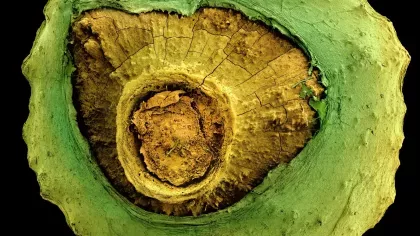10 June 2020
In Pictures: Recognise your favourite food seeds?
Think you know your tomato from your melon? We bet you wouldn’t recognise these plants from their seed.

Peppers (Capsicum annuum)
Hot, sweet and colourful, peppers are a firm favourite in the kitchen.
Packed with vitamins A &C, they make a delicious and nutritious part of your dinner plate.
Native to the Americas, these plants are easy to grow. There are over 500 varieties of chilli and sweet pepper capsicums that are cultivated throughout the world.
They have a fascinating history, with wild species evolving in Bolivia and Brazil before humans appeared. In fact, it’s estimated that they were first domesticated over 6,000 years ago.
It wasn’t until Christopher Colombus brought seeds to Europe and Portuguese colonies that they started to be used extensively in global cooking.
Did you know? Chilli peppers contain an alkaloid called capsaicin, which causes that ‘heat’.

Cantaloupe melons (Cucumis melo)
We all love this refreshing fleshy plant, with its sweet fruit and easy-to-hold peel.
Cantaloupe is a variety of the muskmelon species from the melon family, Cucurbitaceae. A vine plant, the family ancestors can be traced back to central Asia.
Melons have also been touted for their medicinal and cosmetic properties; the root as a diuretic or as a treatment for parasites. You may find melon as an ingredient in some moisturisers.
However, today we largely eat them fresh, squeezed for their juice or maybe preserved into a jam.
Cantaloupe is a heavy fruit, weighing up to 4kg which can ‘break’ off their stalk easily when they’re ripe. Interestingly, this species is monoecious, which means flowers can be either male or female and both are found on the same plant.
Did you know? Melons are actually a type of berry.

Apples (Malus domestica)
Hundreds of apple varieties are grown in the UK; from the humble Braeburn to the crunchy Royal Gala.
They are one of the most commonly grown fruits in temperate climates around the world. An incredible 122,000 tones of apples are eaten every year in Britain alone, raw, cooked or even dried.
You’ll notice that the Malus tree is deciduous and bursts into gorgeous blossom in spring, before fruiting ready for consumption in the autumn.
It can take years before they bear fruit, so it’s quite expensive to breed them in traditional ways. Genebank collections have helped breeders to identify traits in wild species that could improve the efficiency of growing them commercially.
Did you know? Kew helped send apple seeds to space with Tim Peake.
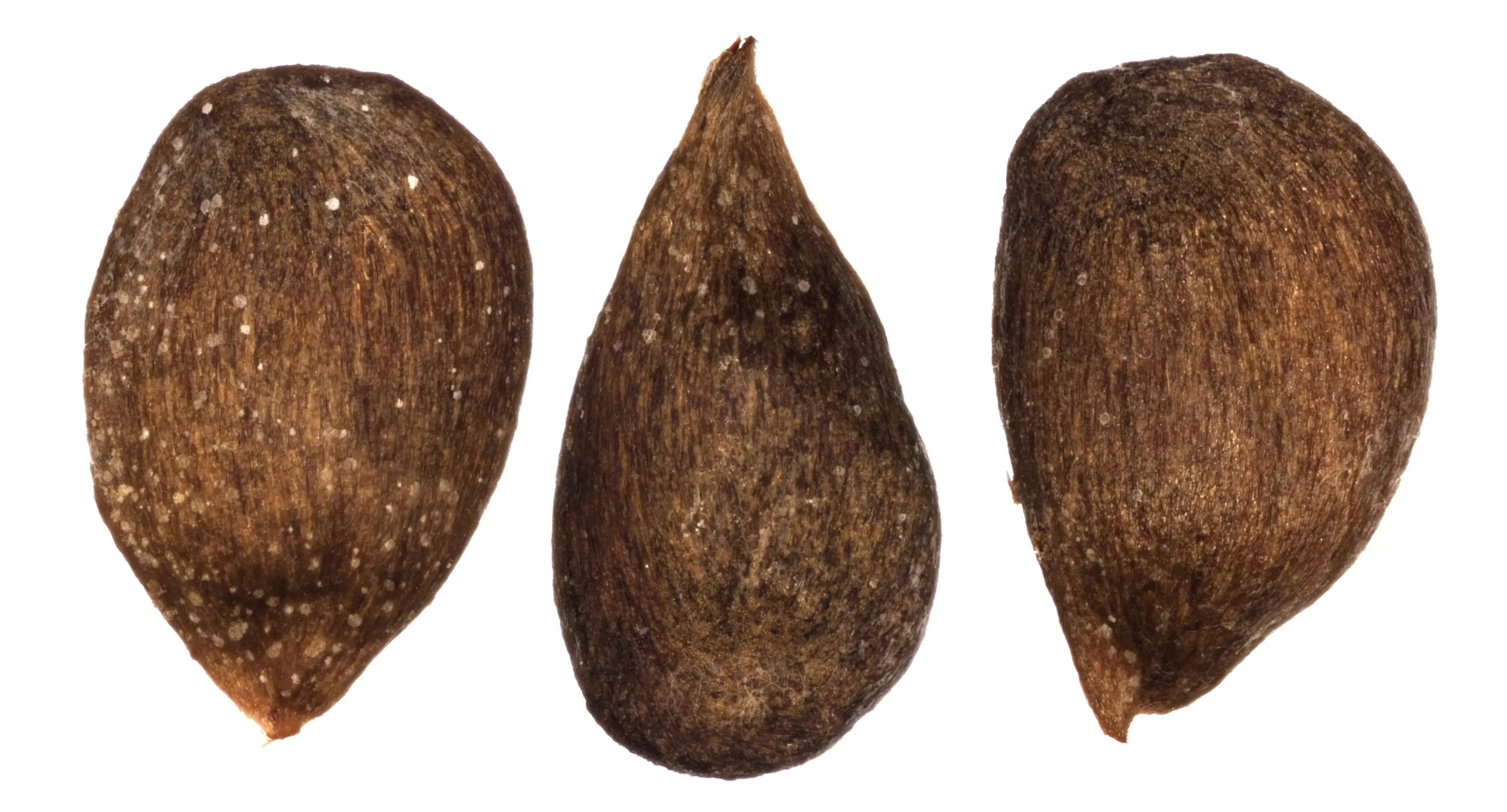
Beans (Phaseolus vulgaris)
The seeds from this hugely diverse climber species are a staple in most vegetarian diets and are widely grown around the world.
Dried, snap, shelled; they are delicious in chillies, salads or just simply on toast. High in protein, iron and fibre, they can be soaked and boiled down to a delicious meal.
Like the rest of the legume family, this species relies on nitrogen-fixing; they work in symbiosis with bacteria to convert nitrogen in the atmosphere.
This ancient crop can be traced back as far as 6,000BC and was thought to have been brought over to Africa through the 16th century slave trade.
In traditional medicines, they have been used to treat acne, diabetes and even hiccups. They have even been reported to help trap bedbugs, which get caught on the leaf’s microscopic hairs.
Our scientists are using our vast collection of the legume family to find solutions to the future of food and agriculture.
Did you know? Their flowers can be papilionaceous, meaning they resemble a butterfly.

Tomato (Solanum lycopersicum)
Native to Peru, this salad staple is now enjoyed by almost every country around the world.
Recognisable by their bright red skin, there are actually over 10,000 known varieties of tomatoes which can also be found in green, yellow and purple colours. A recent study has suggested that the plant’s wild ancestors may actually be 80,000 years old.
The humble tomato is part of the nightshade family, along with potatoes, aubergines and peppers. The tomato fruit is technically a berry, and the plant itself can grow up to 3m tall.
They are one of the most flexible kitchen ingredients; raw, juiced, cooked, dried or ground up. Or, thrown at your friends during La Tomatina festival in Spain.
We love experimenting with growing tomatoes at Kew in our Kitchen Garden.
Did you know? Because of the relationship with deadly nightshade, Europeans thought tomatoes were poisonous for centuries.

Dates (Phoenix dactylifera)
The date palm is a well-recognised plant across the Middle East.
The sweet fruits are often dried and used in a range of desserts and stews, and in alcohol and vinegar.
This evergreen plant can reach up to 23m height and its incredibly sweet fruits can be found in red to yellow colours, before maturing into a darker brown.
Dates are a vital part of North African and Middle Eastern livelihoods.
Not only is the fruit sold worldwide, but parts of the plant are also used in cattle fodder, drinks and building materials. The palms from the tree itself are used in festivals across the Abrahamic religions.
Did you know? Dates are naturally pollinated by wind, but commercial growers pollinate them with wind machines or by hand.

